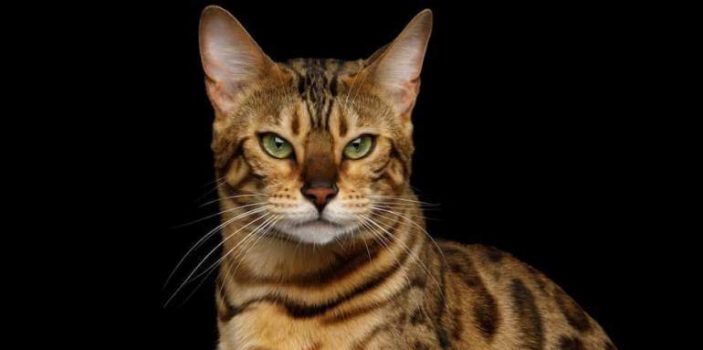Potassium (K) is a macro-mineral that should be a part of your cat’s diet for optimal growth and development besides others such as calcium, sodium, phosphorus, magnesium, and chloride as well several microminerals (trace minerals).
This essential mineral naturally occurs in some foods that your feline friends eat. However, it is added in most commercial diets to ensure it meets the required amounts.
However, in some cases, you may have to go for potassium supplements such as potassium gluconate, citrate or chloride especially in cases of feline chronic kidney problem or failure commonly noted in geriatric cats.
Potassium-rich food for cats

There are many foods high in potassium you can give your feline friend and if it has a balanced diet, chances of deficiency are limited.
Some good natural sources for this pet include meat, poultry, milk and fish (especially tuna, halibut, cod, trout, and rockfish).
Also, swiss chard, spinach, beans, nuts, sweet potatoes, cereals, avocadoes and banana among others are high in this mineral but should be fed as occasional treats and in small amounts since these pets are strict carnivores.
Requirement
The minimum recommended levels of potassium in cat food by AAFCO 2014 is 0.6% on dry matter basis while the amount is 1.5g per 1000 kcal metabolizable energy for growth, reproduction and adult maintenance.
Most cat and dog diets meet this minimum recommended amount of this mineral.
Functions
Potassium is a major cation (K+) found in high concentrations inside cells (over 90%). This electrolyte is essential for normal cell functioning. Some roles it plays include the following:
- It helps regulate muscle functions including the heartbeat as well as nerve signals transmission.
- Potassium is involved in the transportation of various nutrients into cells as well as waste products removal from cells
- It helps regulate electrolyte, pH and fluid balance as well as keeping the right cell volume.
- It helps in ensuring blood pressure remains normal (helps maintain it).
Normal potassium levels in cats
Healthy cats can get this mineral from the various diets they feed on and its level is controlled by the kidney which excretes any excess amounts (its concentration, i.e., the excess amount is excreted with urine. Its blood concentration is closely guarded.
Excretion occurs primarily in the kidney and it is controlled by the distal tubule. Reabsorption occurs in proximal convoluted tubule (about 70%), ascending loop of Henle (about 20%) and distal nephrons (about 10%), notes the Cornell University College of Veterinary Medicine.
At the distal nephron, the amount resorbed or excreted will depend on pH, extracellular K+ concentration, pH, antidiuretic hormone and aldosterone secretion, dietary amount, Distal tubule flow rate among other factors.
The normal concentration of potassium in cats is 3.5-5.5 mmol/L or mEq/L (ideal levels should be 4 to 5.3mmol). When concentration goes below 3.5mmol/L, your feline friend will be having a low sodium level in blood or have hypokalemia.
On the other hand, if this concentration goes beyond 5.5mmol/L, your cat will be suffering from hyperkalemia.
Potassium deficiency in cats
Deficiency or hypokalemia) is due to ab increase loss of this mineral such as through urine in case of kidney disease, certain medications or diabetes, excessive fluid administration, gastrointestinal loss through vomiting or diarrhea, and so on.
On the other hand, reduced intake in diet including diets low in potassium, anorexia, less food or starvation, and so on can also contribute to this problem.
Finally, it can also happen due to translocation where some of it moves from fluids outside cells into cells (from extracellular fluids to intracellular fluids).
If you will like to know more about feline hypokalemia including its causes in detail, symptoms, diagnosis, and treatments, see our post on low sodium in cats.
Note that low potassium in elderly cats is also common.
Hyperkalemia in cats
Hyperkalemia, on the other hand, is the direct opposite of hypokalemia and it is characterized by abnormally high levels of potassium in these animals’ blood serum.
It is caused due to an impaired renal function which affects the normal urinary excretion of this electrolyte level to go high in the blood.
Common symptoms to expect include abnormal heartbeat rate, weakness, lethargy, depression, collapse, flaccid paralysis among other symptoms.
